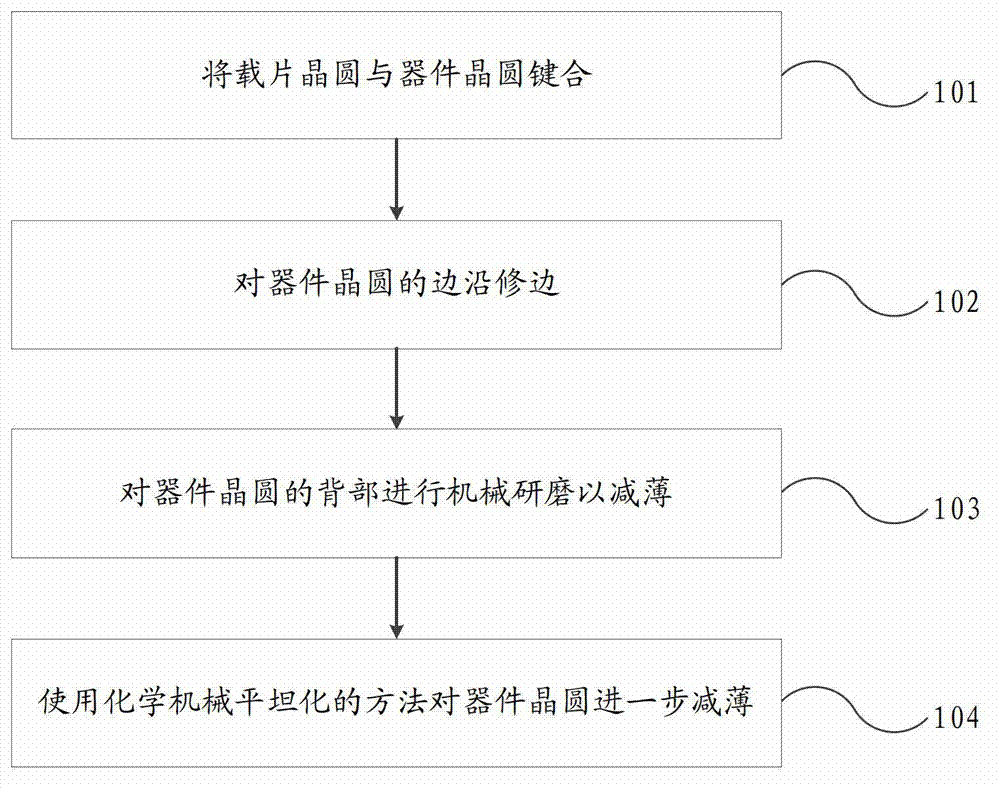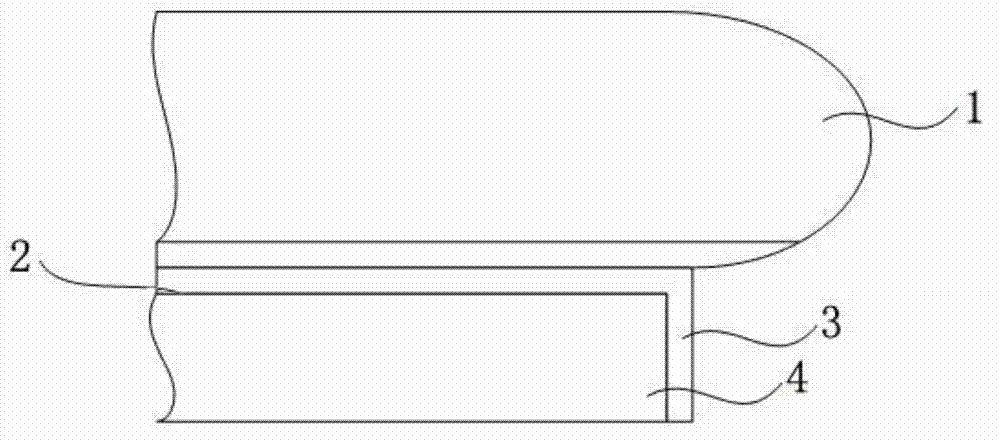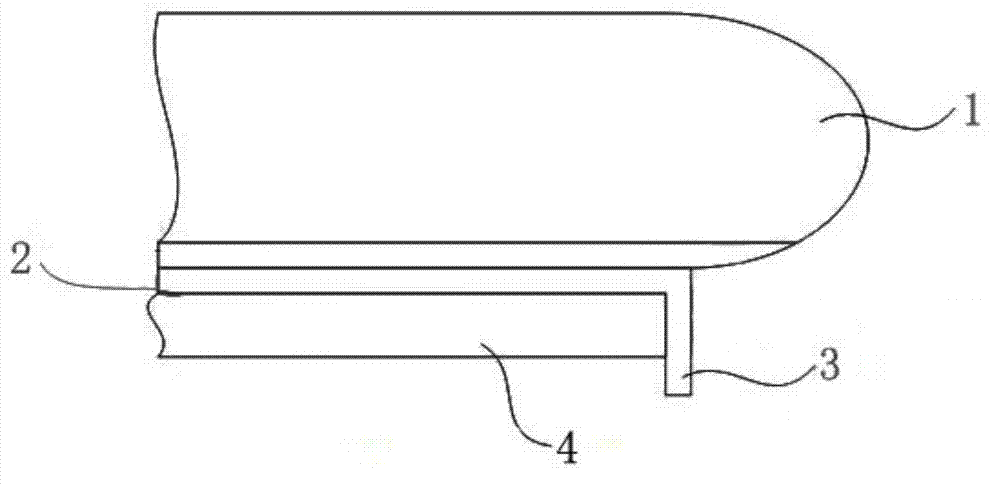Method making back of wafer flat
A planarization method and technology on the back, applied in the direction of electrical components, semiconductor/solid-state device manufacturing, circuits, etc., can solve the problems of difficult control, particle pollution, scratches, etc., and achieve the effect of easy control
- Summary
- Abstract
- Description
- Claims
- Application Information
AI Technical Summary
Problems solved by technology
Method used
Image
Examples
Embodiment Construction
[0022] The principles and features of the present invention will be described below with reference to the accompanying drawings. The examples cited are only used to explain the present invention, and are not used to limit the scope of the present invention.
[0023] Such as figure 1 As shown, a method for flattening the back of a wafer includes the following steps:
[0024] Step 101: bonding the carrier wafer 1 and the device wafer 2 through a bonding oxide, such as silicon dioxide;
[0025] Step 102: Trimming the device wafer 2 to make the edges of the device wafer 2 smooth;
[0026] Step 103: Perform mechanical grinding on the back of the device wafer 2, which is the side opposite to the side bonded to the device wafer 2, and grind the device wafer 2 to the device wafer 2 The thickness is 25um~50um, the structure diagram of the finished product after grinding is as follows figure 2 Shown
[0027] Step 104: Process the back of the device wafer 2 by a chemical-mechanical planarization...
PUM
 Login to View More
Login to View More Abstract
Description
Claims
Application Information
 Login to View More
Login to View More - R&D
- Intellectual Property
- Life Sciences
- Materials
- Tech Scout
- Unparalleled Data Quality
- Higher Quality Content
- 60% Fewer Hallucinations
Browse by: Latest US Patents, China's latest patents, Technical Efficacy Thesaurus, Application Domain, Technology Topic, Popular Technical Reports.
© 2025 PatSnap. All rights reserved.Legal|Privacy policy|Modern Slavery Act Transparency Statement|Sitemap|About US| Contact US: help@patsnap.com



